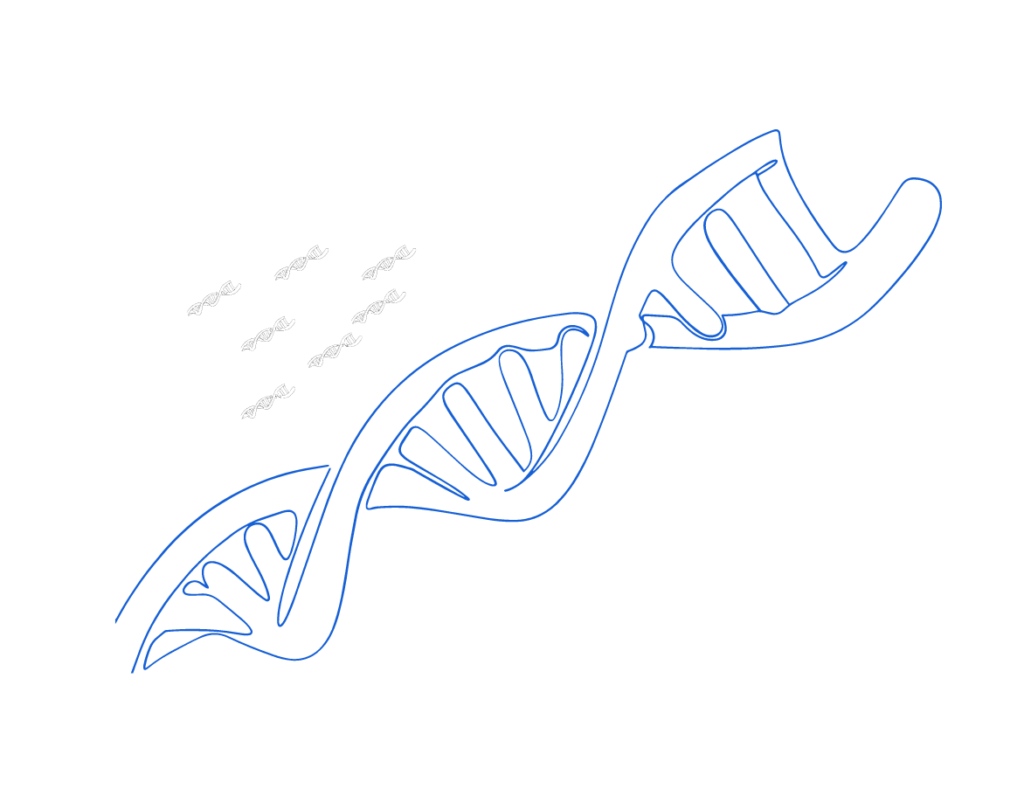Stitching Genomic Tales Together

Joining DNA fragments with both cohesive and blunt ends.

Routine cloning, ligation of dsDNA, RNA or DNA/RNA hybrids.

Supports rapid ligations with the help of PEG.

DNAses/RNases Free with consistent quality.

High tolerance to ligase inhibitors.

Affordable and Made In India.

Ultrafast delivery. Within 2 hrs for Bangalore and 2-3 working days across India.
Product Details
Starter
- Cat# R1401
- 40,000 Units
- Sufficient for 20µL X 100 Reactions
- With 10X Reaction buffer & PEG 8000
Experience
- Cat# R1402
- 1,20,000 Units
- Sufficient for 20µL X 300 Reactions
- With 10X reaction buffers & PEG 8000
T4 DNA Ligase, developed by DX/DT, is essentially the molecular equivalent of glue. It’s what scientists use to stick DNA fragments together when they’re working in the lab. Imagine you’ve got a bunch of DNA puzzle pieces, and you need to assemble them in just the right order. That’s where T4 DNA Ligase steps in.
This enzyme is like a precision tool. It knows exactly where each piece of DNA belongs, and it bonds them together seamlessly. And it does all this pretty quickly, too, so you’re not sitting around waiting for ages for your DNA to stick.
DX/DT, the brains behind T4 DNA Ligase, are known for their innovative molecular biology tools. So when they came up with this stuff, you know it’s gotta be good.
In essence, T4 DNA Ligase might not be the flashiest tool in the lab, but it’s definitely one of the most important. Without it, DNA manipulation would be a whole lot trickier. So props to T4 DNA Ligase and the clever folks at DX/DT for making molecular biology a little bit easier.
Long time storage: -20℃, 2 years
Day to day usage: 4℃, One Week.
Always prevent the ligase and buffers with nucleases contamination.
Protocol for this product can be found here.
All the products are for research purpose only. Not for human diagnostics.


